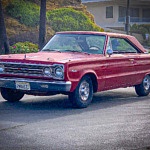Contents
Care for Whitewall Tires
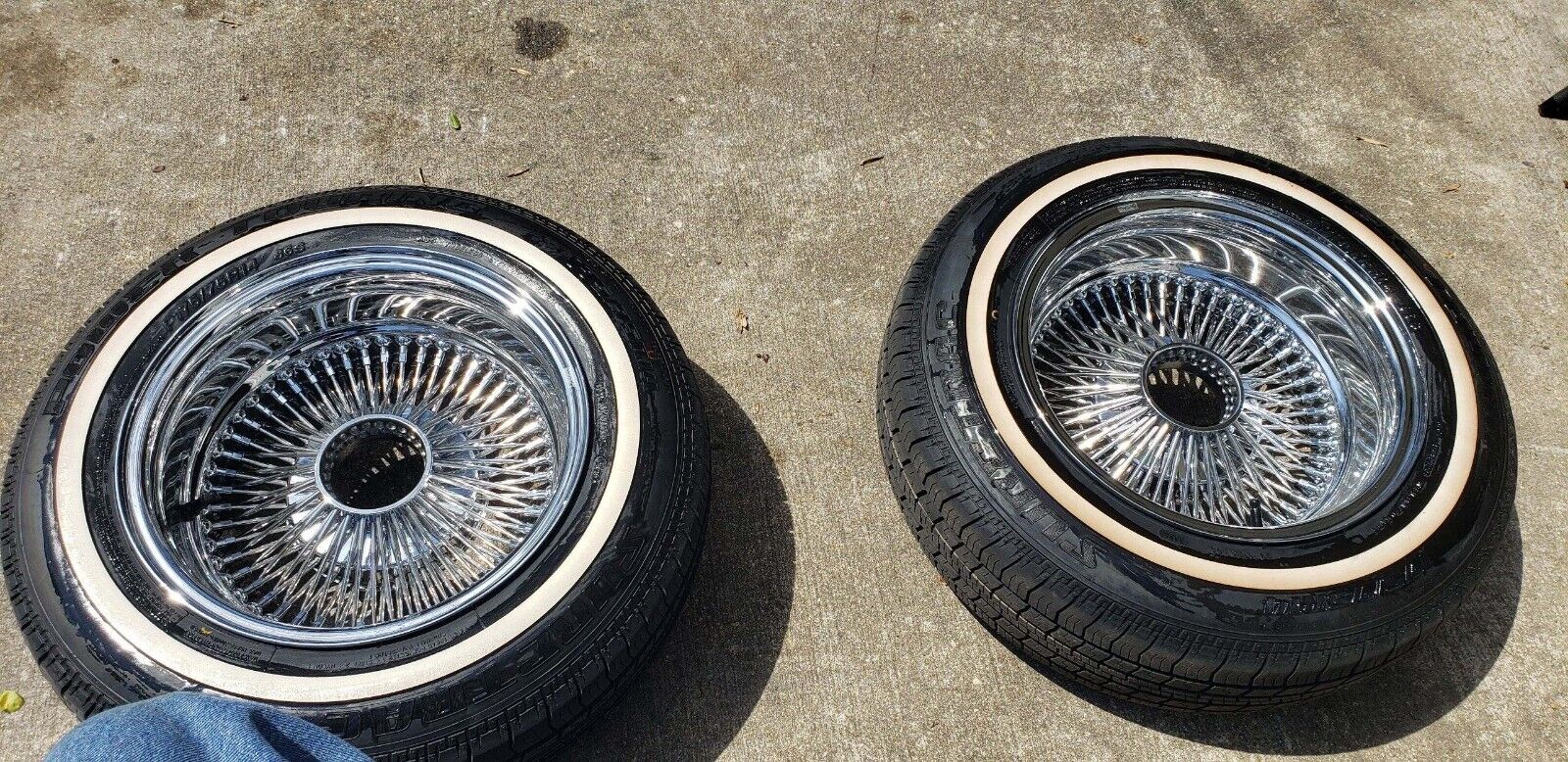
A whitewall tire, before and after a good cleaning.
Whitewalls tend to discolor over time and turn yellow. Some tire shine products might accelerate this discoloration. If you use a tire shine product, wipe off any excess on the sidewall.
Shop now for a tire cleanerKeeping whitewall tires clean and bright is not hard. Follow these basic steps:
Choose a cleaner. Tire makers and detailing companies offer specific products to clean whitewalls. Or you can use a gentle household cleaner like Simple Green or dish soap. However, avoid anything with bleach or chlorine, which might degrade the rubber over time.
- Apply the cleaner. To clean the whitewalls, make sure the tires are cool to the touch. Rinse with water and apply your chosen cleanser.
- Scrub. Use a soft-bristled brush or a sponge to work out any stubborn stains.
- Rinse. Use clean water to remove the cleaner and the grime from the whitewalls before the dirty cleaner dries onto the surface.
- Dry. Use a soft, clean cloth to dry the whitewalls.
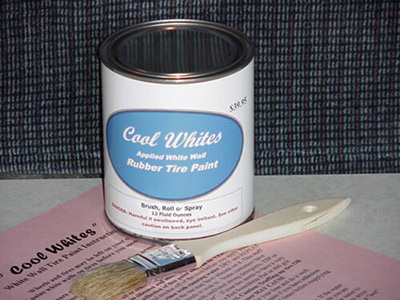
The same process can be used for tires with white lettering. Some vendors offer white paint to restore the whitewall if you overlooked cleaning for a while. While the paint will return the luster to whitewalls, the paint might crack and peel over time. It is best to stay on a regular cleaning schedule.
History of Whitewall Tires
In the early 1900s, rubber tires replaced wooden rim wheels to allow for cushion on the roads. The natural rubber used in the tires was initially an off-white color, thanks to chemicals added to the rubber. As chemists tinkered with the composition of rubber tires, they added zinc oxide, which made the tire bright white.
Later, chemists seeking to prolong the life of the tires added carbon black, which made the tires the color that we see today. But manufacturers wanted to save money and only used the carbon black on the tread, leaving the sidewalls white. That started a trend.
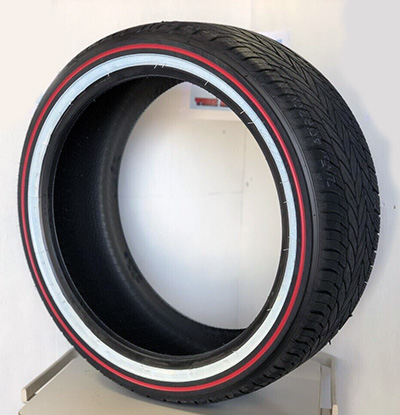
Vogue custom radial red and white tire
Vogue Tires claims they created the whitewall tire in 1918 to appeal to the upper class with their chauffeured cars. The Illinois company still produces whitewalls and other variants today. The width of the whitewalls varied from broad three-inch stripes to thin lines around the tire’s circumference.
The whitewall became a status symbol in the early days of the automobile. Limousines and luxury brands often sported this style. Whitewalls reached the masses and were very popular after World War II. But, like all trends, they lost popularity in the ’60s as performance tires took over.
As whitewalls faded, some tire makers added white to their tire logos or names on the tire’s sidewall. Some cars even wore tires featuring a thin red, blue or gold stripe instead of a white wall.
Tire Color Options
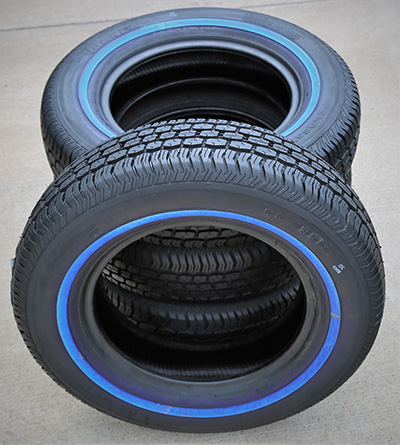
Tire manufacturers also respond to classic car owners who want a performance look featuring red or gold stripes.

Whitewall Portawall Rubber ring insert trim
Don’t give up hope if manufacturers don’t offer a whitewall in your specific tire size. Many vendors offer a white insert that can be applied to the side of a black wall tire to imitate the look. These could also be less expensive than some custom-made whitewall tires.
Shop now for a tire accessoriesWhitewall Tire Prices
When comparing prices for whitewall and blackwall tires, expect to pay $50 to $200 more for the whitewall tire. The price varies with tire size, popularity, and the specific tire design and tread composition.
Cars are trucks are not the only mode of transportation that can be decked out with whitewalls. There are also plenty of options for motorcycles.
Shop now for a motorcycle tires

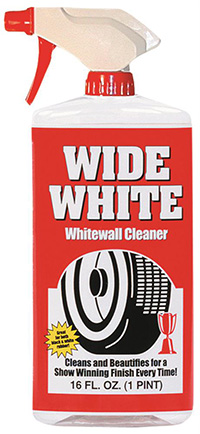 Choose a cleaner. Tire makers and detailing companies offer specific products to clean whitewalls. Or you can use a gentle household cleaner like Simple Green or dish soap. However, avoid anything with bleach or chlorine, which might degrade the rubber over time.
Choose a cleaner. Tire makers and detailing companies offer specific products to clean whitewalls. Or you can use a gentle household cleaner like Simple Green or dish soap. However, avoid anything with bleach or chlorine, which might degrade the rubber over time.


